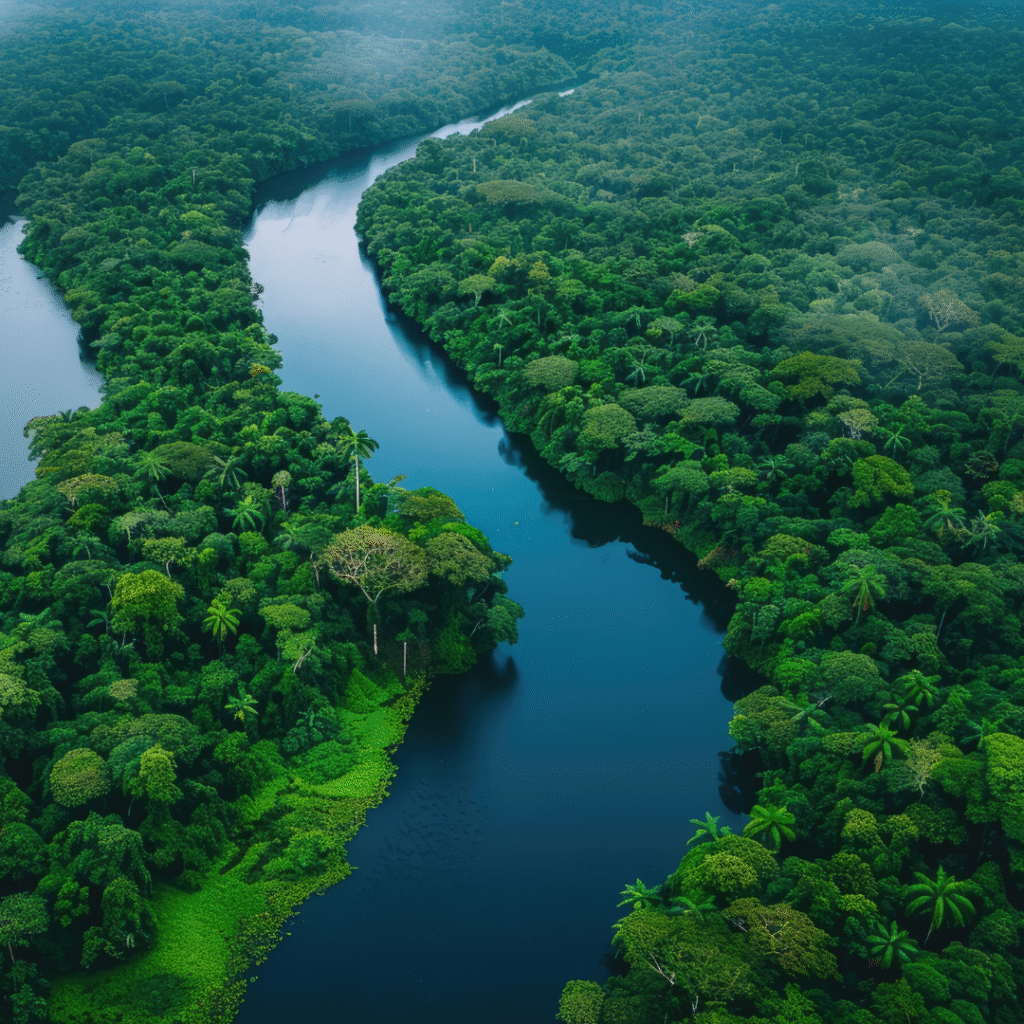The global community has set one of the boldest goals in environmental history: by 2030, conserve 30% of the planet’s land and sea (30×30). Adopted under the Kunming–Montreal Global Biodiversity Framework, this target is more than a number—it is a rallying cry for reversing biodiversity loss, stabilizing climate systems, and securing the ecosystems that underpin human life.
Yet the way we pursue this goal will determine whether 30×30 becomes a transformative achievement or a tragic repetition of past mistakes.
A recent paper in Nature Ecology & Evolution warns of an impending collision: if conservation expands through top-down, exclusionary models that disregard Indigenous Peoples and Local Communities (IPLCs), the result will be social conflict, disenfranchisement, and fragile ecological gains.¹ It is not enough to draw lines on a map. Protection without people is protection without permanence.
At Oreasoc Agriculture, we see this moment differently. For us, 30×30 is not just about hectares conserved—it is about the convergence of ecosystems and communities. Our work with quilombola communities in Brazil shows how inclusive conservation can move from principle to practice, delivering durable outcomes for both nature and people.
The Evidence: Why Exclusion Fails
Research is unequivocal. Conservation imposed without inclusion often creates “paper parks”—legally protected areas that exist on maps but fail in reality.² Communities stripped of access or voice may resist or disengage, undermining enforcement and eroding trust.
The costs of exclusion are high:
- Social Displacement: From Africa to Asia, exclusionary parks have displaced families, eroded livelihoods, and deepened inequality.³
- Fragile Ecological Gains: Without local buy-in, poaching, deforestation, and degradation persist, even inside “protected” zones.
- Missed Opportunities: Traditional ecological knowledge, often held by Indigenous and local communities, remains untapped or sidelined.
Conversely, inclusive approaches consistently deliver stronger outcomes. A 2020 meta-analysis found that conservation led by or co-managed with local communities yields equal or better ecological results than top-down models, while also enhancing social well-being.⁴
The Quilombola Model: Conservation Rooted in Community
This is where Oreasoc Agriculture has carved its path. We partner with quilombolas—Afro-Brazilian communities descended from enslaved people who resisted colonial systems and forged autonomous, land-based societies. Today, quilombolas stand as guardians of some of the most biodiverse and culturally rich landscapes in Brazil.
Our approach is grounded in the belief that quilombola identity and resilience are themselves conservation assets. By aligning biodiversity goals with community empowerment, Oreasoc Agriculture has developed a model with three core dimensions:
- Shared Governance
- Quilombola communities are not “stakeholders”; they are co-authors of conservation. From project design to monitoring, they sit at the table as decision-makers.
- This ensures legitimacy, reduces conflict, and embeds long-term stewardship.
- Dual Value Creation
- Every hectare conserved must create human dividends. Through agroforestry, regenerative agriculture, and carbon markets, our projects deliver both ecological restoration and sustainable incomes.
- This duality stabilizes households, reduces pressure on forests, and anchors conservation in everyday livelihoods.
- Culture as Conservation
- Quilombola traditions—knowledge of soils, water cycles, plants, and rituals—are central to land management.
- Protecting biodiversity also means protecting these traditions, ensuring conservation is not just ecological, but cultural and historical.
Impact: From Land to Legacy
Oreasoc Agriculture’s quilombola-centered approach is already proving transformative:
- Agroforestry with Dignity: Families regenerate degraded land with native species while cultivating crops that generate income. This reduces deforestation pressure, increases biodiversity, and enhances food security.
- Carbon Finance with Equity: Revenues from carbon projects are reinvested in schools, healthcare, and infrastructure—ensuring that carbon markets do not simply extract value but redistribute it fairly.
- Community-led Monitoring: Quilombola youth are trained to use drones, GPS, and digital tools to monitor forest cover and biodiversity. Technology becomes an enabler of agency, not a replacement for traditional knowledge.
The result is conservation that lasts: because it is rooted in community pride, economic stability, and cultural continuity.
Why This Matters for Sustainability Leaders
For executives, policymakers, and investors in the sustainability industry, the lessons are clear:
- Policy Durability: Conservation targets endure when they are co-owned by local communities. Exclusion creates resistance; inclusion creates resilience.
- Market Alignment: Buyers in carbon and nature-based solutions increasingly demand traceable social co-benefits. Projects ignoring these demands risk reputational damage and market rejection.
- Risk Mitigation: Inclusive governance reduces land conflicts, legal disputes, and compliance risks. It makes projects more bankable and scalable.
- Global South Leadership: Many biodiversity hotspots lie in the Global South, where conservation costs fall heavily on local people. Recognizing their role not only delivers justice but ensures global goals are achievable.
From Collision to Convergence
The research is clear: we are heading toward a collision if conservation repeats its colonial history. But the Oreasoc Agriculture experience shows there is another path—a path of convergence, where ecosystems and communities thrive together.
This is not charity. It is strategy.
If 30×30 is to succeed, it must move beyond protection as exclusion and embrace protection as partnership. The quilombola model is not an exception; it is a template for what inclusive, resilient, and future-ready conservation can look like.
As the world approaches 2030, the question is not simply whether we will meet the target of 30%. The deeper question is: will we do so in a way that honors both nature and the people who sustain it?
At Oreasoc Agriculture, our answer is unequivocal: yes.
References
- Phelps, J., et al. (2024). Avoiding an impending collision in international conservation. Nature Ecology & Evolution.
- West, P., Igoe, J., & Brockington, D. (2006). Parks and Peoples: The Social Impact of Protected Areas. Annual Review of Anthropology.
- Brockington, D., & Wilkie, D. (2015). Protected areas and poverty. Philosophical Transactions of the Royal Society B.
- Oldekop, J. A., et al. (2020). Locally managed forests and conservation outcomes. Science Advances.
- Convention on Biological Diversity (2022). Kunming–Montreal Global Biodiversity Framework.

